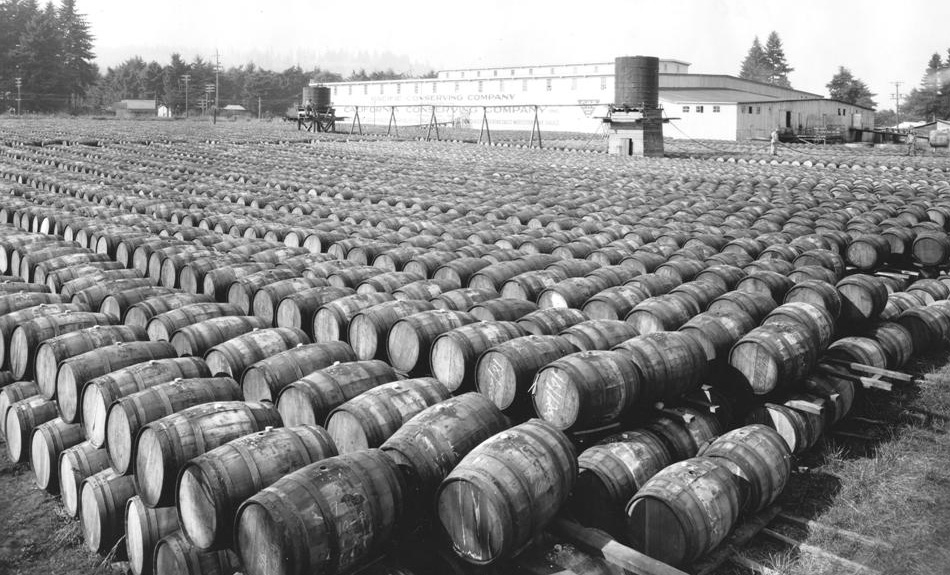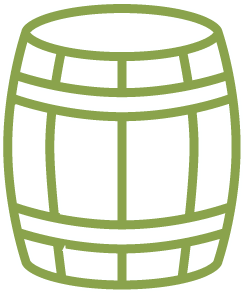The History of
Pickles, a beloved American staple with roots tracing back over 4,000 years, have evolved from an ancient preservation method to a thriving international industry. Their rich history spans cultures, continents, and even the New World, captivating monarchs, presidents, and current-day enthusiasts alike.


As early as 2400 BC., the ancient Mesopotamians were using a pickling process to preserve food. Several centuries later, cucumbers native to India were being pickled in the Tigris Valley.


Cleopatra believed pickles enhanced her health and beauty in ancient Egypt, while Julius Caesar’s troops relied on pickles as a dietary staple for strength and health.


Amerigo Vespucci, a pickle supplier known as the "Pickle Dealer," outfitted ships with pickled vegetables to prevent scurvy.


Dutch farmers in what is now Brooklyn were growing cucumbers. Dealers bought them, pickled them and sold them out of barrels on the street.


After Napoleon Bonaparte offered to pay 12,000 francs to the person who could come up with the best way to pickle and preserve food for his troops, Nicolas Appert discovered that if he placed food in a bottle and removed all the air before sealing it, he could boil the bottle and preserve its contents.


At the 1893 Chicago World’s Fair, “Pickle King” H.J. Heinz gave out 1 million “pickle pins” to promote his booth, launching one of the most successful marketing gambits in U.S. history.


During World War II, 40% of U.S. pickle production was reserved for the Armed Forces.
1101 17th Street NW, Suite 700
Washington, DC 20036
P: (202) 331-2456 | E: gro.selkcipevoliobfsctd-29f5c7@ofni